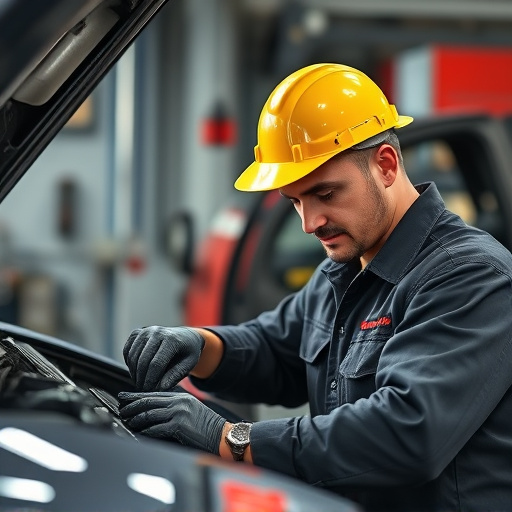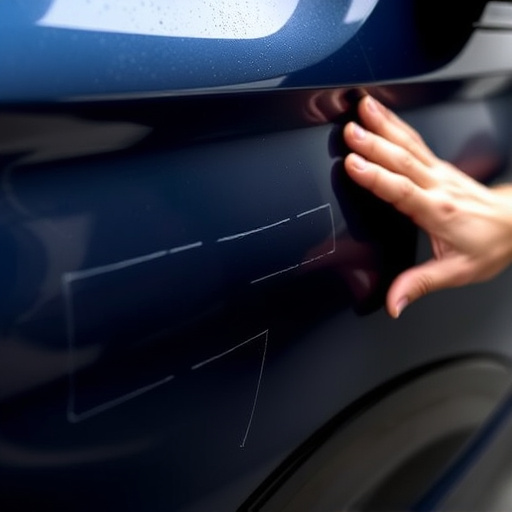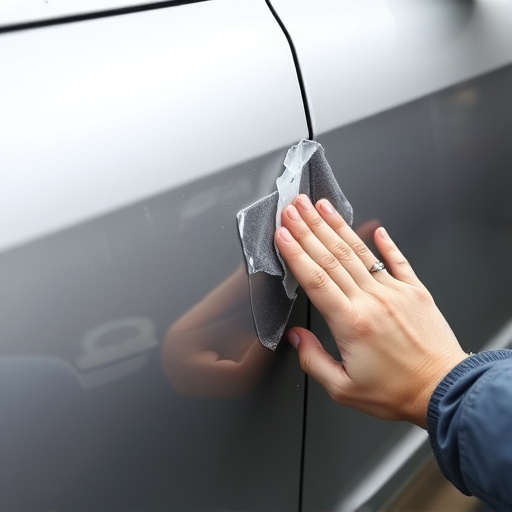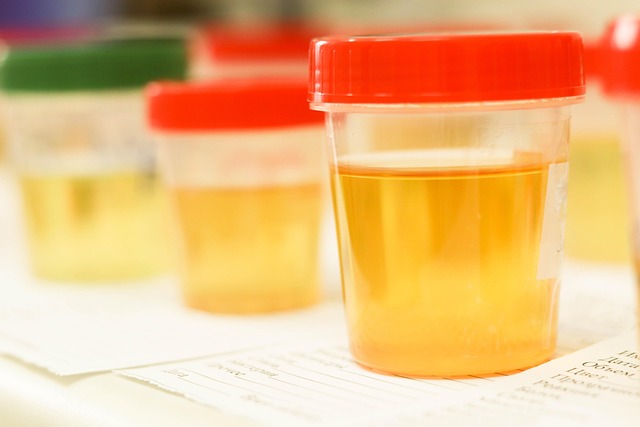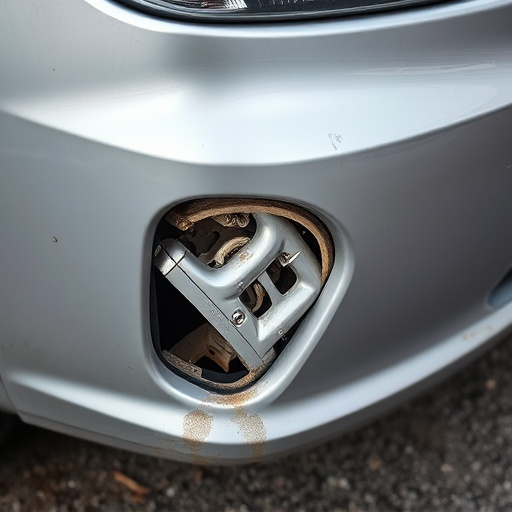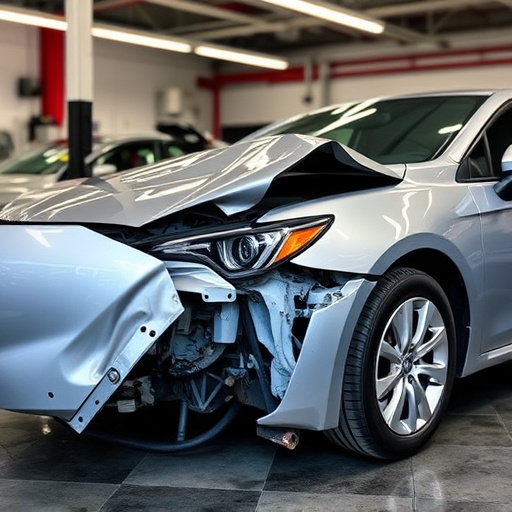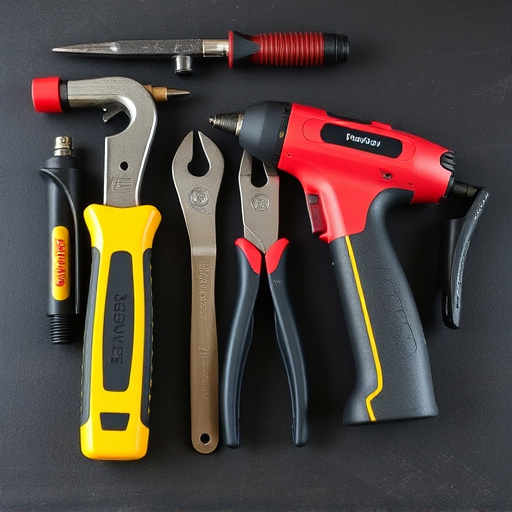A headlight restoration service offers an eco-friendly solution to revive dimmed headlights, extending vehicle lifespan and driver safety. By cleaning, polishing, and coating, these services restore clarity, reduce energy consumption, and cut down on automotive waste. Compared to collision or dent repair, headlight restoration is sustainable, minimizing resource use and emissions. The process focuses on recycling and reusing materials, significantly reducing the ecological footprint within the auto industry and promoting responsible waste management.
A headlight restoration service isn’t just about enhancing visibility—it’s a green initiative with profound environmental implications. By meticulously restoring and recycling automotive headlights, this service reduces waste that ends up in landfills. The process involves using eco-friendly products to clean and revive the lights, thereby lowering energy consumption and greenhouse gas emissions associated with manufacturing new parts. Through material reuse and recycling, headlight restoration closes the loop on automotive waste, contributing to a more sustainable future.
- Reducing Automotive Waste: A Green Approach
- Energy Efficiency and Lower Emissions
- Reusing and Recycling Materials: Closing the Loop
Reducing Automotive Waste: A Green Approach

A headlight restoration service plays a significant role in promoting environmental sustainability by addressing an often-overlooked aspect of automotive care—headlights. Headlights, over time, can become dull and yellowed due to various factors like weather conditions, road debris, and age. Instead of replacing them, a restoration service brings them back to their original brightness, extending the life of these essential components. By avoiding premature replacements, this green approach reduces automotive waste, which is a significant step towards a more sustainable future.
This process involves meticulous cleaning, polishing, and, in some cases, coating to revive the headlights’ clarity. Not only does it enhance the vehicle’s aesthetics, but it also improves visibility for drivers, making night-time driving safer. Moreover, by choosing this eco-friendly solution over immediate replacements, car owners contribute to the reduction of materials that would otherwise end up in landfills or become part of the growing pile of vehicle body repair waste.
Energy Efficiency and Lower Emissions

One of the significant environmental benefits of a headlight restoration service is its positive impact on energy efficiency and emissions reduction. Headlights, over time, can become fogged or clouded due to exposure to various elements, which not only affects their performance but also increases energy consumption. By restoring these headlights, the need for frequent replacement or intense beam adjustments is diminished. This simple yet effective service extends the lifespan of headlamps, reducing the demand for new lamp production and the associated energy requirements and emissions.
Furthermore, when comparing it to collision repair services or auto dent repair processes, headlight restoration stands out as a more sustainable option. Unlike extensive car bodywork services that might be needed after an accident, restoring headlights is a relatively non-invasive procedure. This reduces the use of resources and materials in the repair process, minimizing the environmental footprint. As a result, choosing a headlight restoration service contributes to lowering emissions and conserving energy, making it a responsible step towards a greener future.
Reusing and Recycling Materials: Closing the Loop
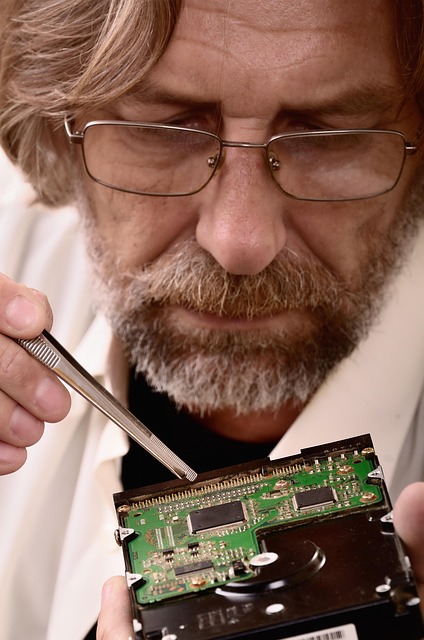
A key aspect of a headlight restoration service contributing to environmental sustainability is its commitment to reusing and recycling materials. The automotive industry generates significant waste, but by closing the loop on materials, these services reduce their ecological footprint. Restored headlights, once deemed obsolete or damaged, can be reused within the same vehicles or repurposed for other applications, extending their lifespan beyond initial production.
Moreover, many headlight restoration companies actively recycle materials from old headlights to produce new ones, minimizing the need for raw resources. This circular approach to manufacturing reduces energy consumption and greenhouse gas emissions associated with primary material extraction and processing. By integrating these eco-friendly practices, a headlight restoration service not only enhances the sustainability of its operations but also encourages responsible disposal and recycling within the automotive body shop and auto repair services industries at large.
A headlight restoration service not only improves road safety by enhancing visibility but also plays a significant role in environmental sustainability. By reducing automotive waste through reuse and recycling of materials, these services contribute to energy efficiency and lower emissions. This green approach aligns with the global push for eco-friendly practices, making headlight restoration a responsible choice that benefits both drivers and the planet.

